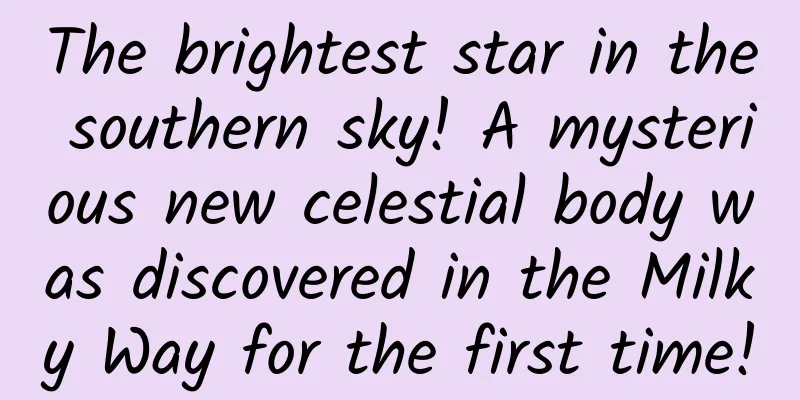Oregano's effects and functions

|
Do you know what oregano is? It is also called antidysenteric grass. It is very useful and a very famous spice. It was very popular among Chinese people in ancient times. Now oregano is also very popular in European countries and can be used to make many delicious foods. For example, pizza, oregano has many benefits, it can treat fever and abdominal pain very well, let’s take a look at the benefits and functions of oregano. Oregano is already a very common Chinese herbal medicine and can be used to treat many diseases. If we have headaches, fatigue, and vomiting, we can use it as medicine. Today we will share with you the effects and functions of oregano so that you can better understand it. Oregano knowledge introduction: Perennial herbs, erect, much branched. The stem is lignified at the base, cylindrical, square at the top, light purple, and hairy. The leaves are opposite, oval, entire, with glandular dots on both sides and a pungent aroma. The flowers are bisexual, the umbels are densely packed in spikes, and the corolla is pink. 4 small nuts, brown. Flowering period is from July to October. It is native to the Mediterranean to Central Asia. It is also produced in Northwest and Southwest my country, and cultivated in Guangxi and Guizhou. It likes to grow on hillside grasslands or on the edge of valleys. The above-ground parts are harvested before the flowers bloom between July and August, and used after being dried, or processed and ground into powder. The part used is the above-ground part of the oregano herb of the Lamiaceae family. This fragrant spice has been loved by people in China and Europe since ancient times, and is now especially common in Italy, where it is added to pizza. Pizza can be used with tomatoes, cheese, beans and eggplant. The flowers of many species of cassia are used as a garnish for meat dishes, and the leaves are usually dried before use. Oregano Benefits: Oregano is also known as antidysentery grass, wild sedge, and small-leaf mint. Its aliases include Oregano grass, Oregano leaf, Pizza grass, and mushroom grass. Oregano has the effects of clearing away heat and relieving exterior symptoms, regulating qi and eliminating dampness, inducing urination and reducing swelling. It is used to prevent influenza and treat jaundice, heatstroke, fever, vomiting, acute gastroenteritis, abdominal pain, etc. Its function of dispelling cold and relieving exterior symptoms is better than mint. The efficacy and function of oregano The efficacy and function of oregano Oregano’s effects: The whole plant of oregano can be used to extract aromatic oil, can be used as aromatic buds for medicine, and can also be used as a resource plant. As early as the Eastern Han Dynasty, people have used oregano as a Chinese herbal medicine to treat fever, headache, drowsiness, vomiting, diarrhea, abdominal pain and other symptoms caused by summer heat and dampness. It is also used to treat diseases such as acute gastroenteritis and salmonella infection. In traditional medicine, oregano has the functions of relieving cough and reducing phlegm, treating neuralgia and menstrual pain, insect bites, and relieving abdominal pain and indigestion. 1. Oregano treats carbuncle: three grams each of oregano and wild chrysanthemum, one ounce each of Viola yedoensis and dandelion. Decoction in water. 2. Oregano treats tonsillitis: 1.5 liang of oregano and add appropriate amount of honey. Decoction in water. 3. Oregano treats centipede bites: mash the oregano juice and apply it externally. (Selected from "Commonly Used Herbal Medicines in Zhejiang Folk Medicine") 4. Oregano treats ulcers: three grams each of oregano and magnolia officinalis, one ounce of dandelion, and two grams of Cynanchum wilfordii. Decoction in water. The effects and functions of oregano are manifested in many aspects. In normal times, we probably rarely use it. In fact, some Chinese herbal medicines nowadays do have very good effects in treating some diseases. This is also the concept of traditional Chinese medicine. It can cure some diseases fundamentally. You may wish to learn more about the methods of traditional Chinese medicine in treating diseases. |
<<: The efficacy and function of radish seeds
Recommend
The efficacy and function of Apricot vine
The world is full of wonders, and Chinese medicin...
Are there hormones in Chinese medicine?
Traditional Chinese medicine is a type of medicin...
What are the effects of red grass medicinal wine
Wine inherits the spiritual civilization of manki...
The Guishan Island volcano is wearing a vest? We still recognize you!
Guishan Island (English name Kueishantao or Guish...
Is “boiling tableware with boiling water” just a ritual? Is it necessary? Here comes the truth!
When dining out, many people will follow the pre-...
Psyduck is not a duck!
Recently, KFC and Pokémon jointly launched a seri...
What are the medicinal properties of white peony?
White peony root can effectively help us regulate...
The efficacy and function of lemon
Lemon is often used as a medicinal ingredient in ...
Do birds have a strong sense of smell? Only slightly better than dogs and a little better than humans!
First, please answer two questions: Where is a bi...
The "big sister" who loves hot dry noodles took the time to publish a top magazine and refreshed history
Recently, the international top journal Cell publ...
The efficacy and function of ghost feather arrow
Ghost Feather Arrow is a traditional Chinese medi...
“I’m autistic again”… What are real autistic people like?
In recent years, young people like to use joking ...
The difference between Piper melongena and Litsea cubeba
Litsea cubeba and Piper melongena are both fruits...
The efficacy and function of tamarind
Many people choose tamarind because of its high-v...
Chinese scholars have recently discovered that the "brake" for delaying aging is hidden in this type of food →
Aging is a complex, multi-stage, and gradual proc...









